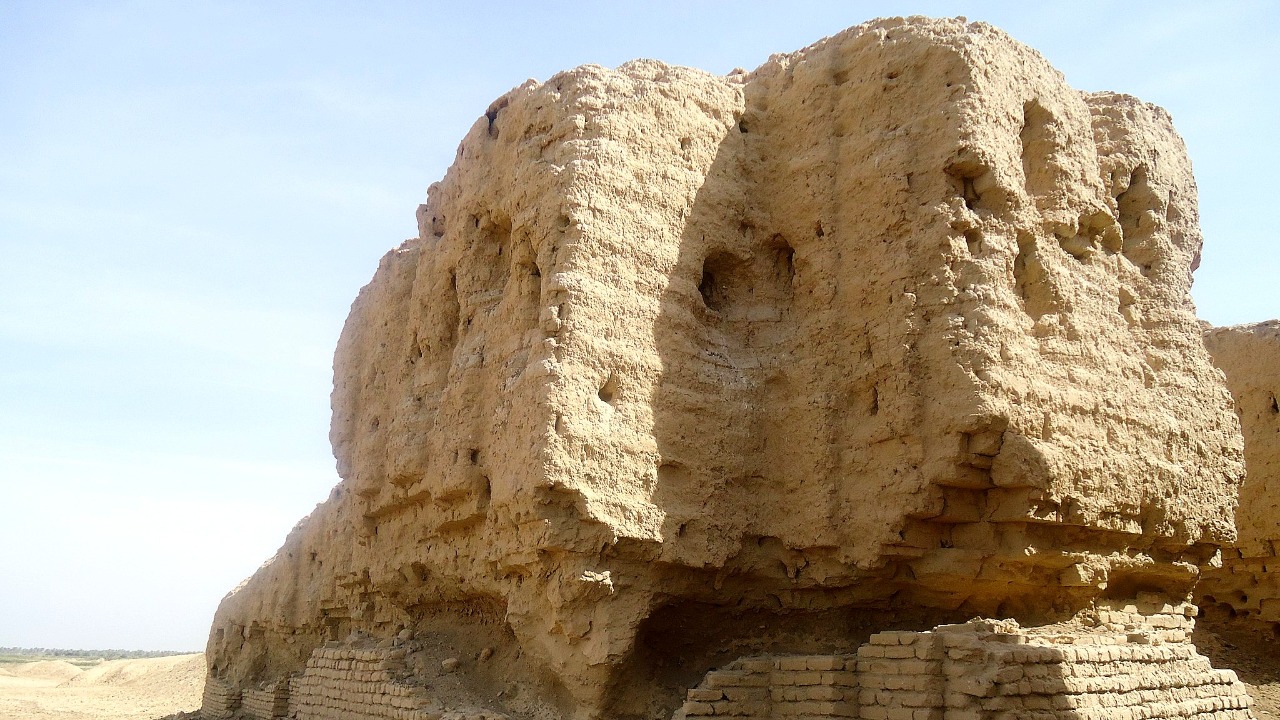
Recent discoveries in Iran have uncovered remnants of an ancient temple that may challenge our understanding of early human civilization. This remarkable find could suggest that organized societal structures existed long before the rise of Mesopotamia, traditionally considered the cradle of civilization.
The Discovery and Its Significance
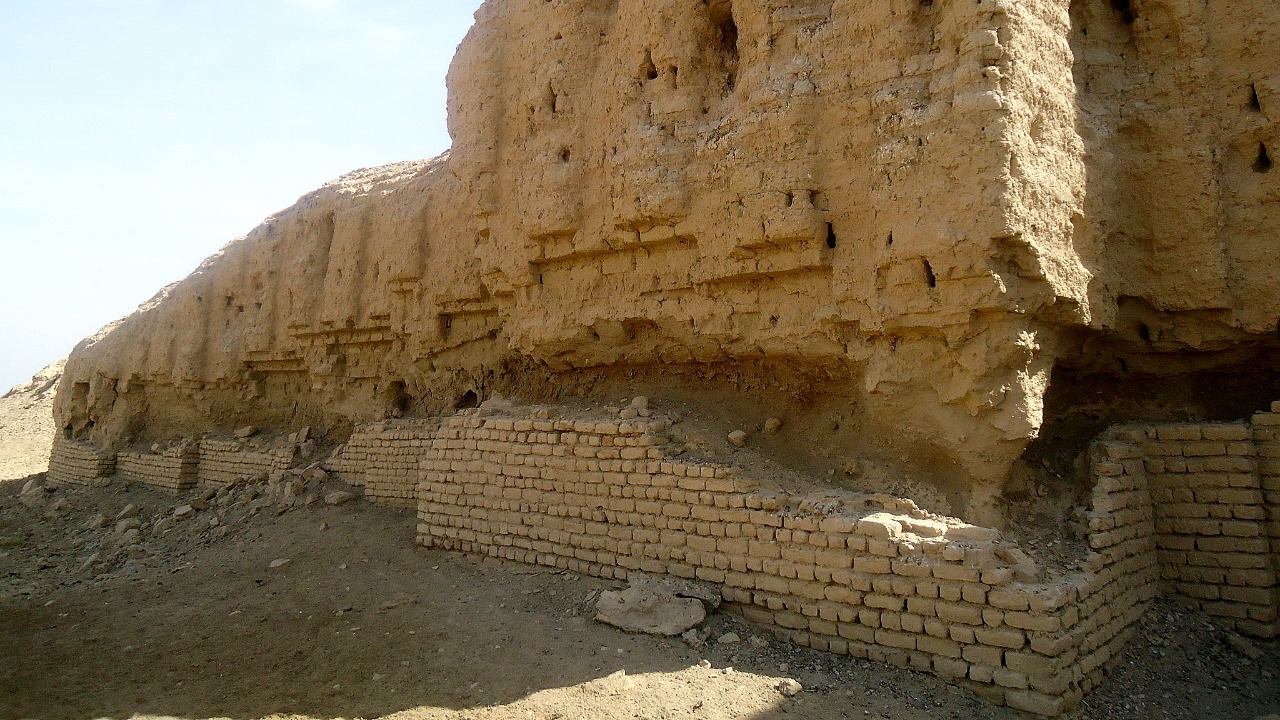
The archaeological site, located in the western region of Iran, has revealed structures and artifacts that date back to a period potentially preceding known Mesopotamian civilizations. The initial findings include well-preserved ruins of a temple, surrounded by smaller structures and tools that indicate a sophisticated level of societal organization. According to recent reports, these discoveries could reshape our understanding of the development of early human societies.
If these findings are verified, they could significantly impact historical timelines, pushing back the dates for the emergence of organized societies. The discovery draws comparisons to other ancient sites, such as Göbekli Tepe in Turkey, which also challenges conventional timelines for early civilization. Together, these sites suggest a more complex picture of human development, where multiple regions may have simultaneously developed sophisticated societal structures.
Analyzing the Architecture and Artifacts
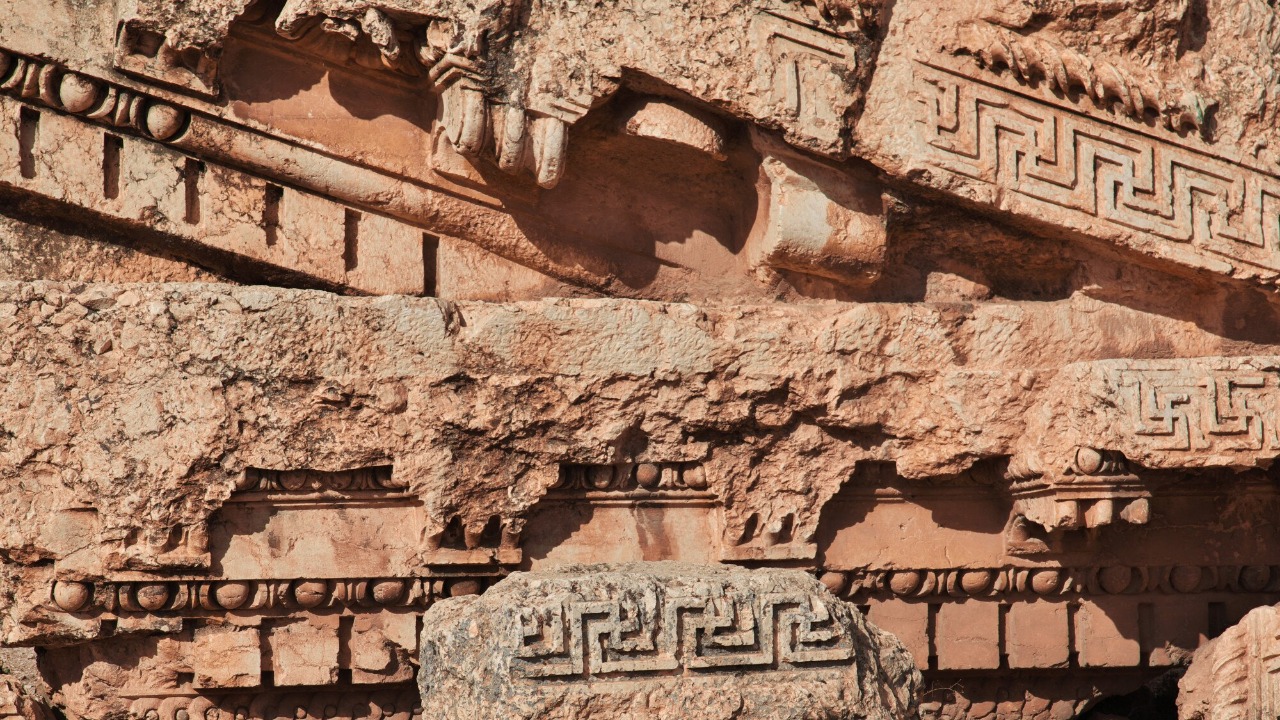
The architectural features of the temple in Iran reveal advanced construction techniques, employing locally sourced materials that have withstood the test of time. The use of large stones and intricate carvings set this site apart from typical Mesopotamian structures, indicating a distinct cultural identity. Unique elements, such as circular enclosures and monolithic pillars, provide valuable insights into the architectural innovations of the time.
Artifacts recovered from the site, including tools, pottery, and religious relics, offer a glimpse into the cultural practices of the civilization. The intricate designs on pottery and the discovery of ceremonial objects suggest that religious and communal activities played a central role in their society. These findings align with theories that early communities were often bound together by shared spiritual beliefs and rituals.
Implications for Understanding Early Civilizations
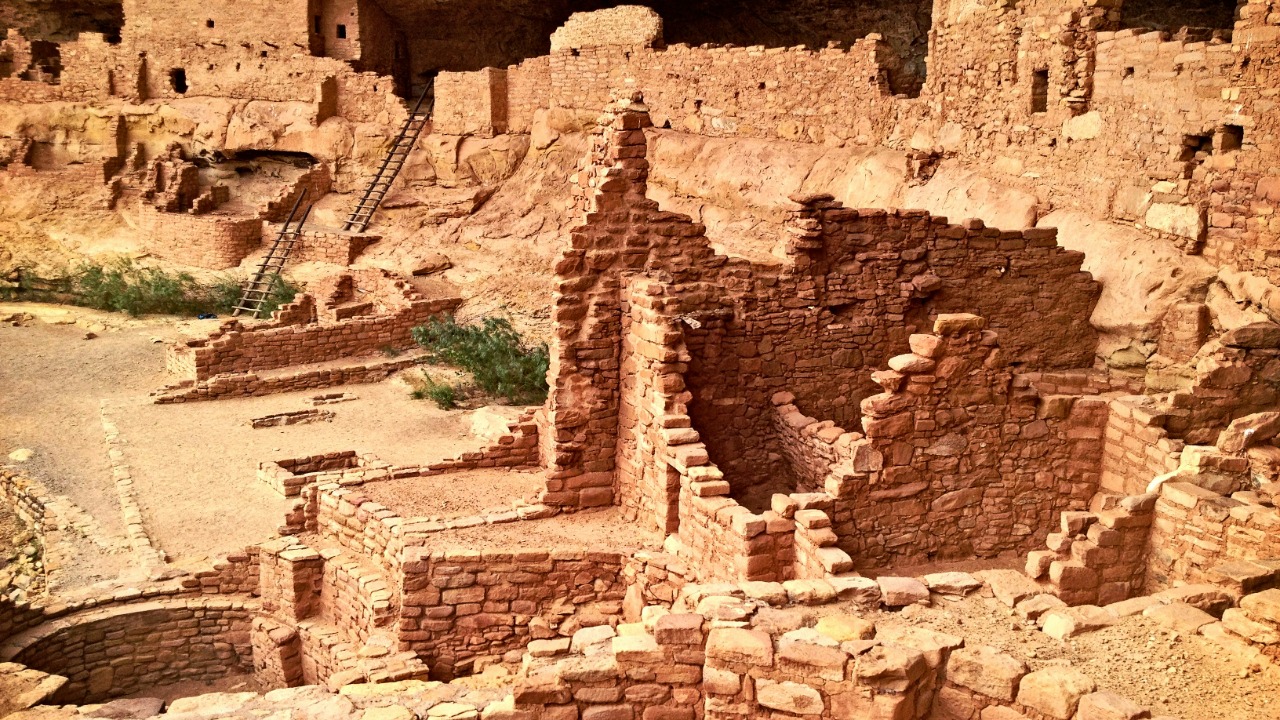
This discovery prompts a reevaluation of the origins of civilization, particularly the role of religion and communal activities in shaping early societies. The temple’s existence suggests that organized religious practices may have been a driving force in the development of complex social structures. In the broader context of human history, these findings underscore the diversity of pathways to civilization.
Exploring the potential connections between this site and neighboring regions can shed light on early trade and communication networks. The relationship between this ancient Iranian site and other known cultures could reveal shared technological and cultural exchanges, influencing the trajectory of human development in the region.
Future Research and Exploration
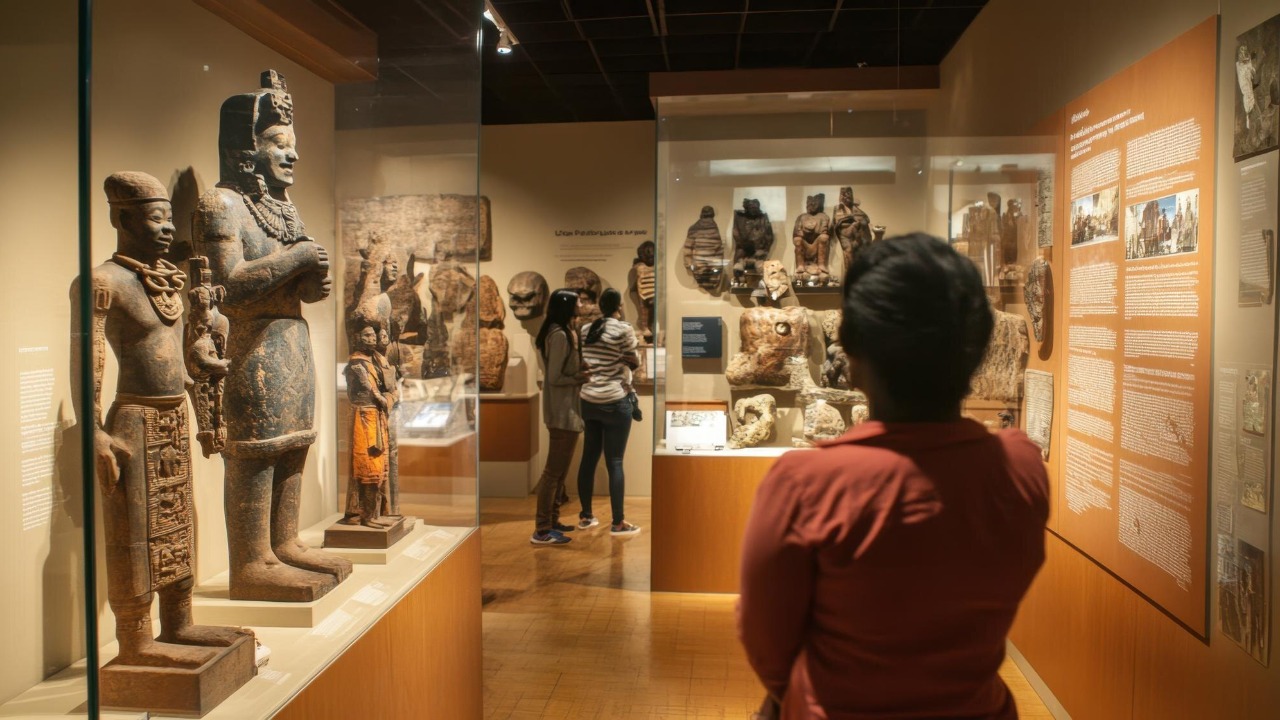
Ongoing archaeological efforts are crucial to uncovering more about this mysterious site. Current projects focus on detailed excavations and analysis to piece together the history of this forgotten civilization. Technological advancements, such as ground-penetrating radar and 3D modeling, are aiding researchers in their quest to unravel the secrets of the past.
The broader scope for historical research encourages interdisciplinary studies, combining archaeology, anthropology, and history to develop a comprehensive understanding of early human societies. Preserving and documenting these findings is essential for future generations, as they hold the potential to transform our knowledge of human history. As researchers continue to explore this site, they remain focused on its significance for both local and global historical narratives.